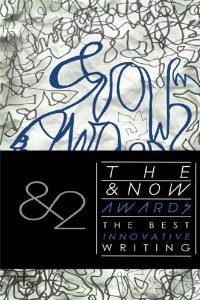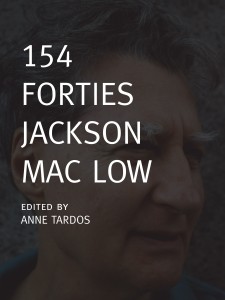
With the upcoming release of Tao Lin’s Taipei (and the recent release of the film version of Shoplifting), a novel which I happen to think (based on like an almost incomprehensibly small amount of evidence) will change the minds of those who don’t regard Lin as a “writer” or “artist,” or who don’t think of his writing as “literary” or “artistic,” or who believe he just “doesn’t write well” (a compellingly tedious example of some of these views here) I thought it’d be worthwhile, as a kind of prelude, to reevaluate some of Lin’s earlier prose style. Just to see and possibly help understand and enjoy Lin’s “progress.” In any case, here are a few notes on Lin’s early prose style.
Tao Lin’s “i went fishing with my family when i was five” is often seen as a joke, a gimmick of a poem, or, if the reader is in a more generous mood, as a kind of performance piece (video here) in which Lin is attempting to break down some barrier between reader and listener, poet and audience, by repeating the line “the next night we ate whale” for as long as possible. Or, if the reader is more interested in the poem as a poem, then the poem might be seen as an attempt to challenge what poetry is. The poem is all those things, sure, why not? The audience, in the above-linked video, alternately laughs, becomes uncomfortable, gets annoyed, laughs at their own discomfort or annoyance, and then applauds (when Lin finally decides to end the piece) either out of pleasure, awkwardness, or, well, whatever. The taping of that particular reading is telling: the camera is trained not on Lin, like most readings would go, but on the audience. So, clearly, Lin and his cameraperson know that it is the response that they’re after, because the poem, possibly, isn’t as interesting without the response. This can be said of all poetry or prose, I think, but the interesting thing here is that Lin brings the response to the forefront: the response, the interaction between audience and poet, etc, is highlighted. Still, I’m just wandering here, and this isn’t what I’m interested in. I’m just saying I’ve seen the poem, and much of Lin’s other work, talked about in a couple rather reductive ways: one, as this thing that challenges what poetry/story is, or two, as one of Tao Lin’s gimmicks for self-promo. Possibly I’ve seen Lin’s work discussed as both at the same time. And weirdly, or perhaps shortsightedly, or maybe better put, narrow-mindedly, I’ve only really seen Lin’s novels criticized in these same fairly simple ways: positively, there’s the “like it/this is funny, I had fun” response, or the “I connected with this” response (both observable in comments on Lin’s stories, here and here), and negatively, there’s the “this is just bad writing, he’s a bad writer” response, or the “the characters are not really characters/it’s just autobio” response, or the “he’s a stylist, but it’s boring” response, or the “it’s a gimmick/self-promo” response. All of which are fine. And there are some positive reviews of Lin’s work out there (here and here), but all these reviews (even the positive ones) do little more than explain why the reviewer liked or disliked a certain of Lin’s books, and as someone who has a nauseatingly and often unhealthy need to figure things out, all these responses are unhelpful/uninteresting in actually understanding what Lin is doing.
As an intro to Lin’s Shoplifting from American Apparel then, I’d like to suggest that Lin’s whale poem– while it may be all the things I described above, and perhaps even more – one of the other things it is that is perhaps overlooked about the poem or not discussed enough, as if easily attributed as the dust of the thing, just a part of it that can be brushed off, is the line “the next night we ate whale” as a mantra. In Buddhism, the mantra often acts as that which opens up the meditative mind: Om Mani Padme Hum (in Tibet) is one of many “formulas and sounds [used] as concentration objects, and through that concentration [one] learn[s] lessons of life” (Watts 72) (And yeah, please excuse my citing Alan Watts, but his thing on mantra is basically correct). One sits in a meditation posture and repeats the phrase (mantra) inwardly, in order to quiet the mind, to get some self-consciousness gone. To stop some want. To stop wanting to stop the want. Yet, there’s another interpretation of such mantras, also squarely a part of Buddhism, and that’s that such mantras mean nothing at all. That the focus on these phrases as objects of concentration is merely that: as objects, not filled with meaning – koans, replete with zennie paradoxes, often lead a student to insight not through their meaning but through emptying the student of the need to make meaning. And isn’t this what happens when Lin repeats “the next night we ate whale”?: it’s not that this line carries some emotional weight because it’s repeated so much and it’s not simply that this is a joke or a gimmick, it’s rather that Lin is, for a moment, giving us one-pointed concentration on a phrase, an object of words. We begin to sense the meaning of language falling away through repetition (try it with any word), and possibly, the reader/viewer/audience is opened up to a new (or old (or forgotten)) kind of consciousness, one that through the repetition of a phrase quiets the meaning-making mind and gets us a glimpse of whatever the world is. In other words, we are directed past the phrase, past what is typically viewed as a mediation of reality (a poem), to a direct encounter with what is. Watch the video again and wait for that quiet where the audience stops talking, moving, and laughing. There is, for an instant, a silence filled with chant.
READ MORE >

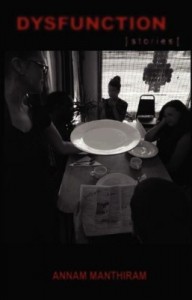
 Memory of the Prose Machine
Memory of the Prose Machine 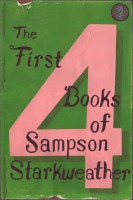
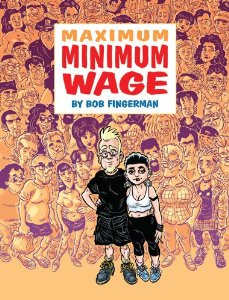
 The Crisis Of Infinite Worlds
The Crisis Of Infinite Worlds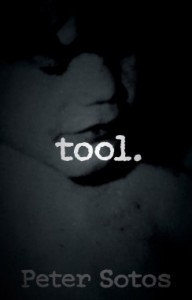 Tool.
Tool.

